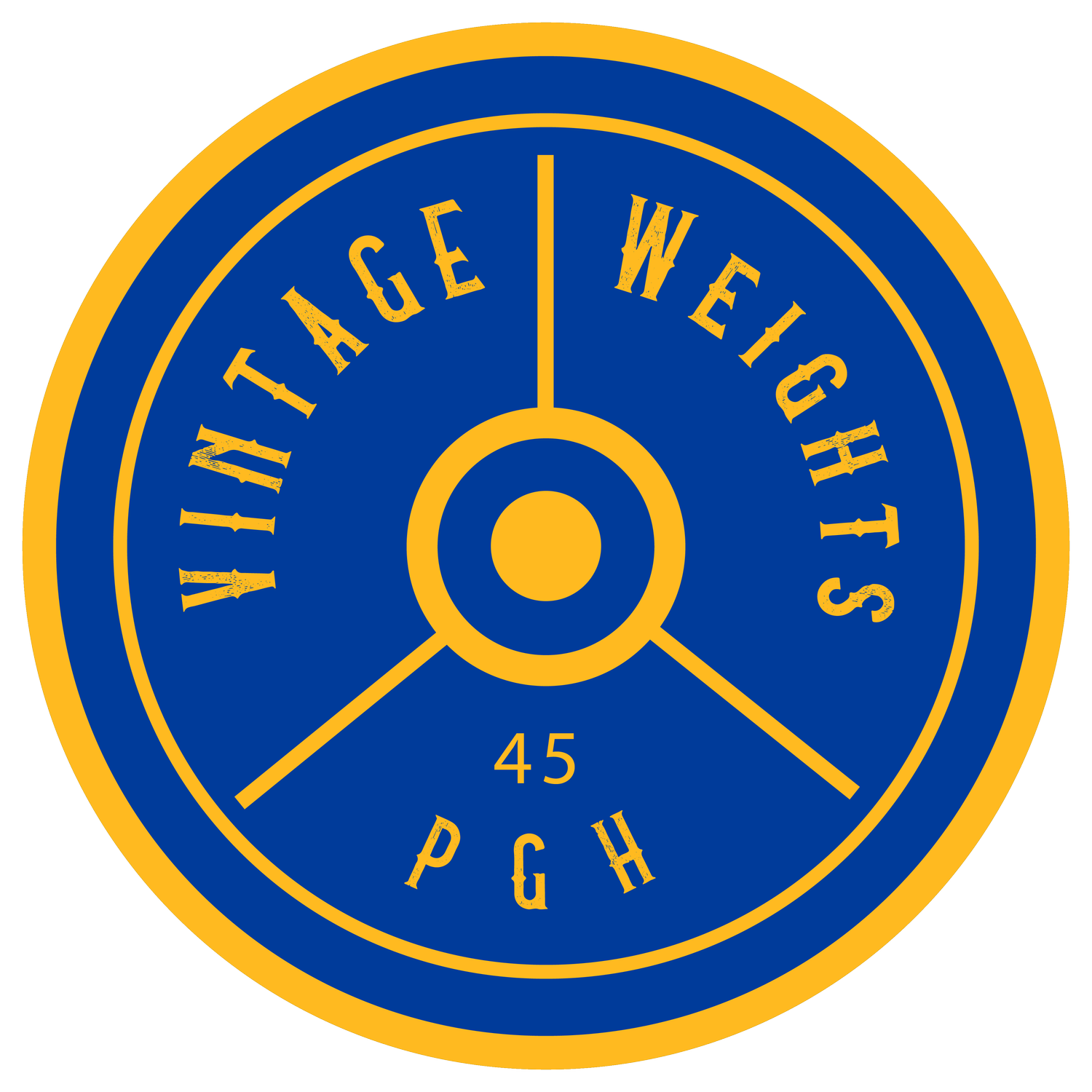How to Disassemble a Barbell- The Right Tools Matter!
When I first tried to take apart a barbell, it was a cheap CAP barbell with hex bolt on the ends. And I didn’t have the proper hex bit socket for my wrench. I didn’t even know a hex bit socket existed. I tried to jam a bunch of allan keys in and twist. I saw a YouTube video with a hex bit socket and thus began my various purchases for the right size. 14mm, 12mm, 11mm… If you don’t know what size you need, check out this short video for disassembling a barbell with a hex bolt at the end.
When I started getting interested in vintage weights and I found my first York split sleeve barbell, I also discovered a new challenge: roll pins! You think I would’ve learned my lesson from my previous experience with hex bolts. Rather than drop seven bucks on the proper tool, I’d spent an inordinate amount of time trying to remove the hex bolt on the end of the barbell. Once again, I took that prized York split sleeve barbell, and I neglected to drop a couple dollars on the proper tool. Instead, I jammed various screw drivers and other things I could find in my garage into the roll pin and pounded them with a hammer until the roll pin protruded out the other side. Then I grasped it with a pair of pliers and with all of my might, pulled it free, falling over in the process. I rested for a moment, feeling victories and stupid all at once, and realized there must be a better a way. Enter the roll pin punch set. The proper tool for the job.
A roll pin is quite simply a rolled piece of metal. It’s rolled into a pin, which is then inserted through a couple holes to secure together two pieces. In the case of barbells, York Barbell and Texas Power Bars are probably the most commonly seen barbells with roll pins. York employs a single roll pin at the end of the barbell to attach the end piece to the shaft. This in turn secures the rotating sleeve to the bar.
You can’t properly clean up or restore a barbell if you can’t disassemble it, and now you have the proper tools to do so! There it is, your barbell, in pieces… now what? Check out a video about which cleaning/restoration method to use below.

